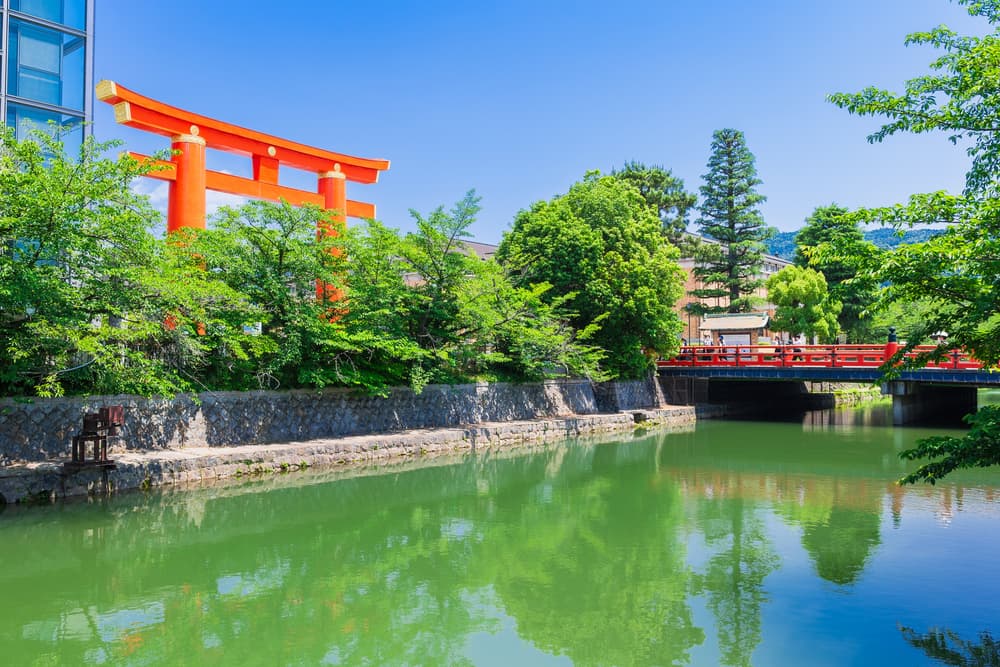The Okazaki area is located between the downtown area of Kyoto City and the foot of Higashiyama Mountain. It is a calm area with famous shrines and temples such as Heian Jingu Shrine, Nanzen-ji Temple and Eikan-do Temple, as well as cultural facilities such as museums and zoos.
To the north of the area is the entrance to the Philosopher’s Path (Tetsugaku-no-michi), and to the south of the area stretches the Higashiyama area, which includes Kiyomizu Temple and other famous sightseeing spots, making it an ideal location for touring in combination with famous tourist attractions. The Lake Biwa Canal runs through the area, and the seasonal scenery, such as cherry blossoms and autumn leaves, is a must-see.
In this issue, we will introduce nine classic sightseeing spots in the Okazaki area!
Heian-jingu Shrine (平安神宮)
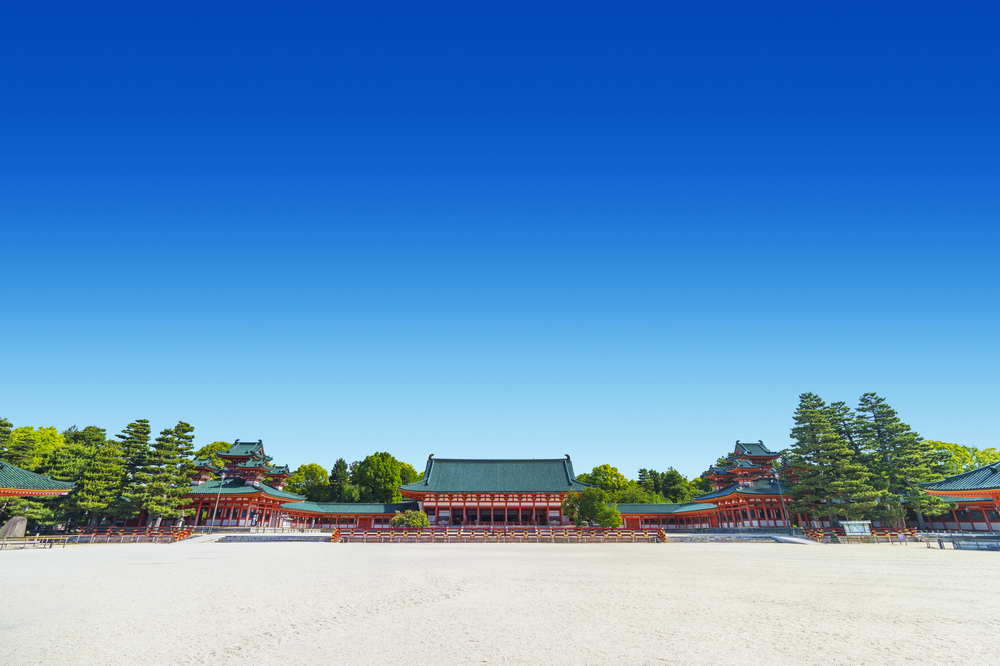
Heian-jingu Shrine was built in 1895 and is a relatively new shrine in Kyoto. It has a “Shinen Garden,” which is the culmination of the landscaping techniques of the time, “Daigokuden,” a beautiful vermilion shrine building, and the “Otorii”, which has become a symbol of the city of Okazaki.
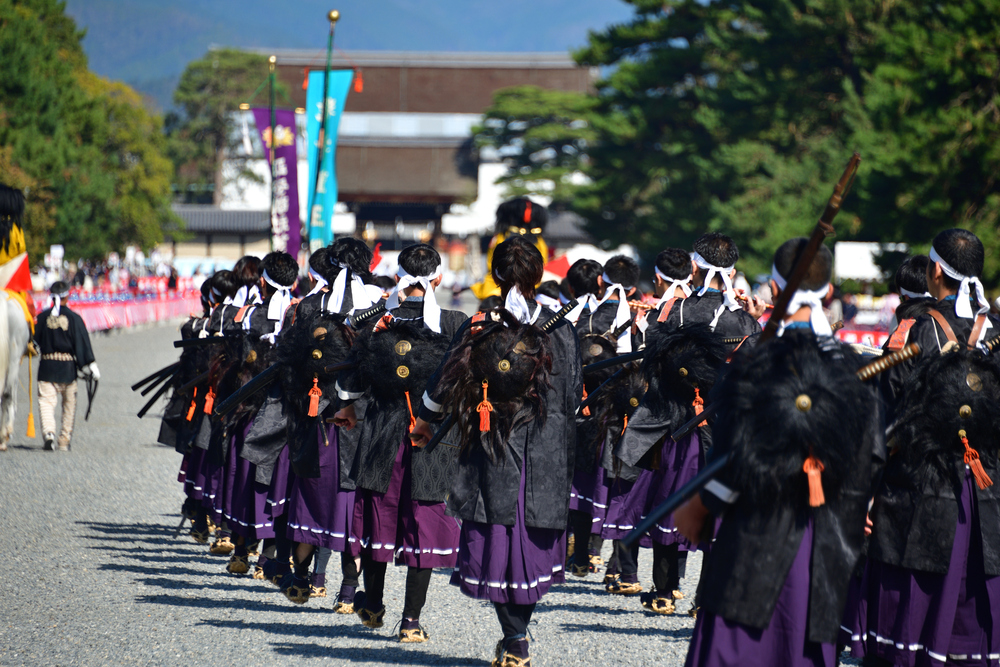
The shrine is also famous as the site of the Jidai Matsuri Festival, one of the three major festivals in Kyoto along with the Aoi Matsuri Festival and the Gion Matsuri Festival. The Jidai Matsuri Festival is a festival that allows visitors to see the itinerant history of the times during the approximately 1,000 years that Kyoto was the capital. Approximately 2,000 citizens dress up in period-specific styles and parade through the streets of Kyoto. On the day of the festival, the procession departs from the Kyoto Imperial Palace and travels approximately 2 hours to Heian Shrine. The festival is usually held on October 22, and is postponed in case of rain.
Okazaki Shrine (岡崎神社)

Located near Heian-jingu Shrine, Okazaki Shrine is one of the shrines built to protect Heian-kyo. In recent years, the shrine has become the talk of the town as a rabbit-filled shrine. The shrine grounds are filled with rabbits anyway! The lanterns in the shrine are painted with rabbits, the stone statues in the shrine are also rabbits…you will encounter a lot of rabbits anyway.
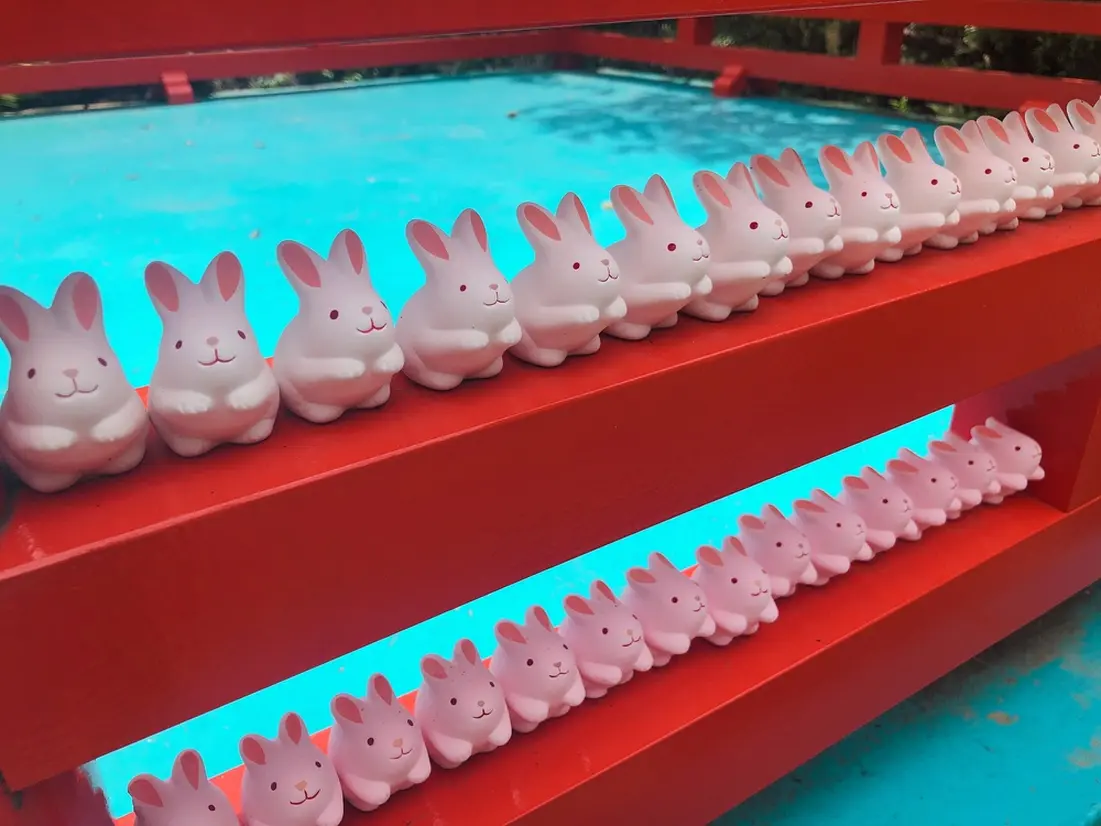
The “Usagi-mikuji” (rabbit omikuji) is a representative of the cute rabbits of Okazaki Shrine. The ceramic rabbit contains a omikuji, and you can take the rabbit home along with the omikuji. The round shape of the rabbit is very cute and makes a perfect memento of your trip!
Incidentally, Okazaki Shrine is named after a rabbit known for its fertility, and is believed to bring blessings for child bearing, safe childbirth, matchmaking, and warding off bad luck.
The National Museum of Modern Art, Kyoto (京都国立近代美術館)

The National Museum of Modern Art, Kyoto is located in an area where cultural facilities such as Heian-jingu Shrine, Okazaki Park, Kyoto Museum of Crafts and Design, Kyoto City Kyocera Museum of Art, and Kyoto Zoo are concentrated.
With an emphasis on art from Kyoto and other parts of western Japan, the collection includes a wide range of Japanese and Western-style paintings, prints, sculptures, and photographs, in addition to ceramics, dyeing and weaving, metalwork, wood and bamboo crafts, jewelry, and other artifacts. In addition to holding special exhibitions about five times a year, the Collection Gallery holds collection exhibitions in conjunction with special exhibitions. This is a museum you will want to visit regularly.
Kyoto City Kyocera Museum of Art (京都市京セラ美術館)

The Kyoto City Kyocera Museum of Art was created in 2020 after the renovation of the Kyoto Municipal Museum of Art. The building, in which modern design was added while preserving the historic architectural design to the maximum extent possible, is attracting attention for its modern beauty. Many areas of the museum are open to the public free of charge, allowing visitors to enjoy the building even if they do not appreciate art.
The exhibits will present art from various periods and genres that embody “Kyoto,” an evolving city where tradition and innovation intersect. There is also a relaxation plaza that will be used for performances, events, and other outdoor activities, offering a variety of experiences.
Hosomi Museum (細見美術館)
The Hosomi Museum is an art museum focusing on Japanese antiques. The collection covers most fields and periods of Japanese art, from Shinto and Buddhist art to tea ceremony art and Edo paintings.
The building, which incorporates motifs of Kyoto’s machiya townhouses, is unique and worth seeing. On the top floor, there is a tea ceremony room called “Kokouan” where visitors can directly experience Japanese culture.
Kyoto City Zoo (京都市動物園)
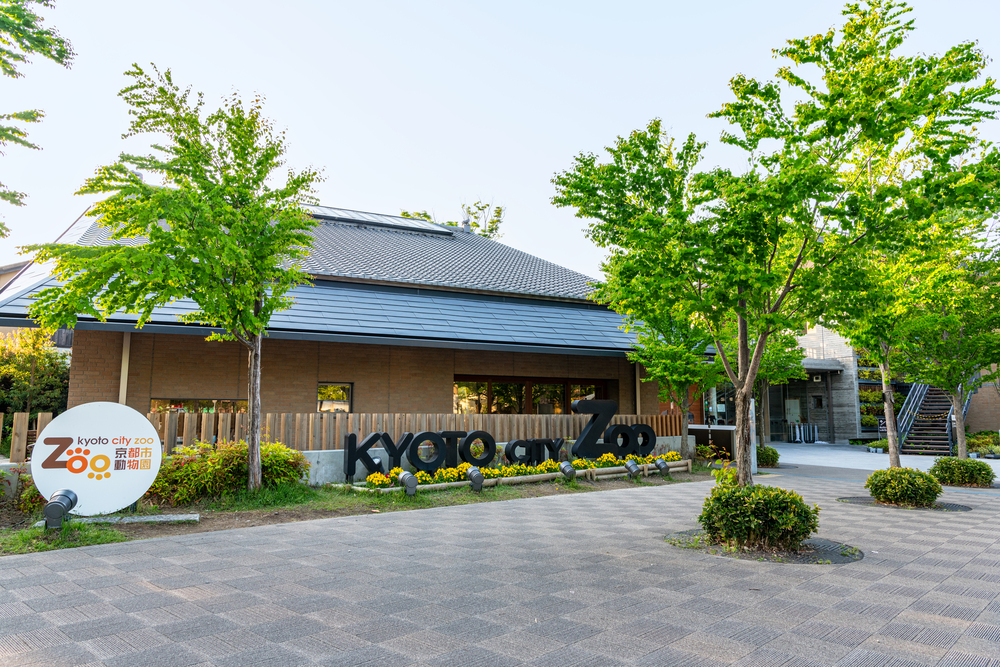
The Kyoto City Zoo is the second zoo in Japan with a long history and is divided into six areas where a variety of animals live. In addition to the animals kept in the zoo, visitors can also encounter a variety of wild birds, flowers, insects, and other living creatures. The zoo is also a hidden spot for cherry blossoms, which bloom in spring, with more than 100 cherry trees planted in the park.
Eikan-do Temple (永観堂)
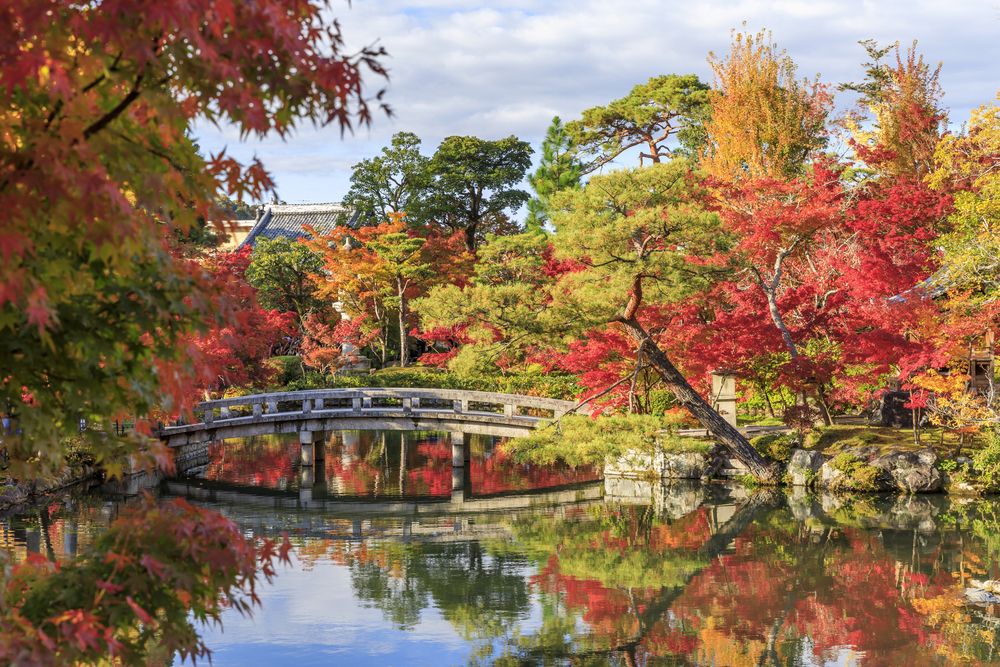
Eikan-do Temple is known as one of the best spots for viewing the autumn leaves in Kyoto, a city with many famous autumn foliage viewing spots. In autumn, approximately 3,000 maple trees cover the temple grounds, creating a very colorful scene. Especially popular photo spots are Hojochi Pond in the center of the temple grounds and the tallest building on the grounds, Taho-to (pagoda). During the fall foliage season, the pagoda is illuminated at night, creating a fantastic sight.
Nanzen-ji Temple (南禅寺)
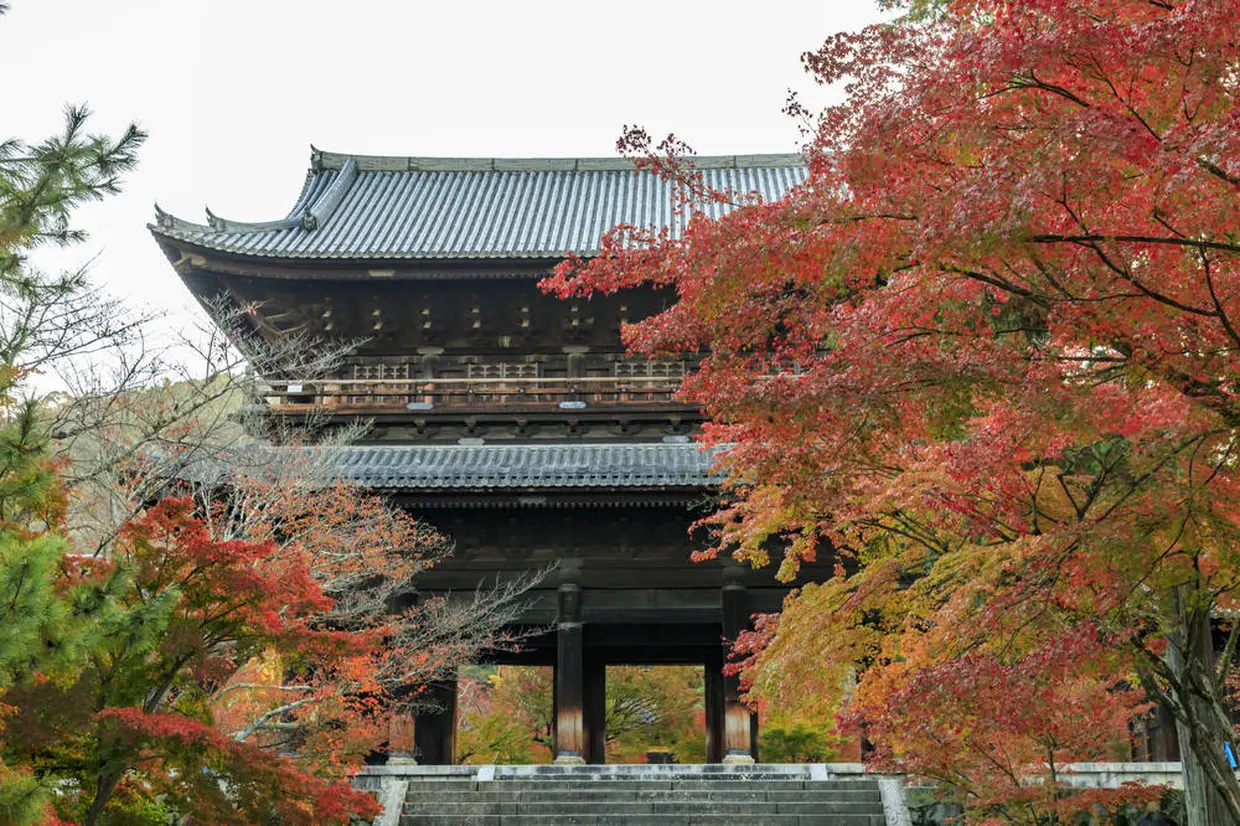
Nanzen-ji Temple is the head temple of the Nanzenji School of Rinzai Zen Buddhism. There are many attractions within the precincts of the temple, including the Hojo, a national treasure, the Sanmon Gate and other important cultural properties, the Hojo Garden, which is a national national scenic beauty spot, and the autumn foliage in the fall.
When you visit Nanzen-ji Temple, the first thing you will see is the 22-meter-high Sanmon Gate. Its overwhelming size and powerful pillars give it an overwhelmingly massive appearance. Visitors can also climb to the top of the gate for an admission fee. The view from the top of the gate is truly spectacular! It is a must-see when you come to Kyoto.
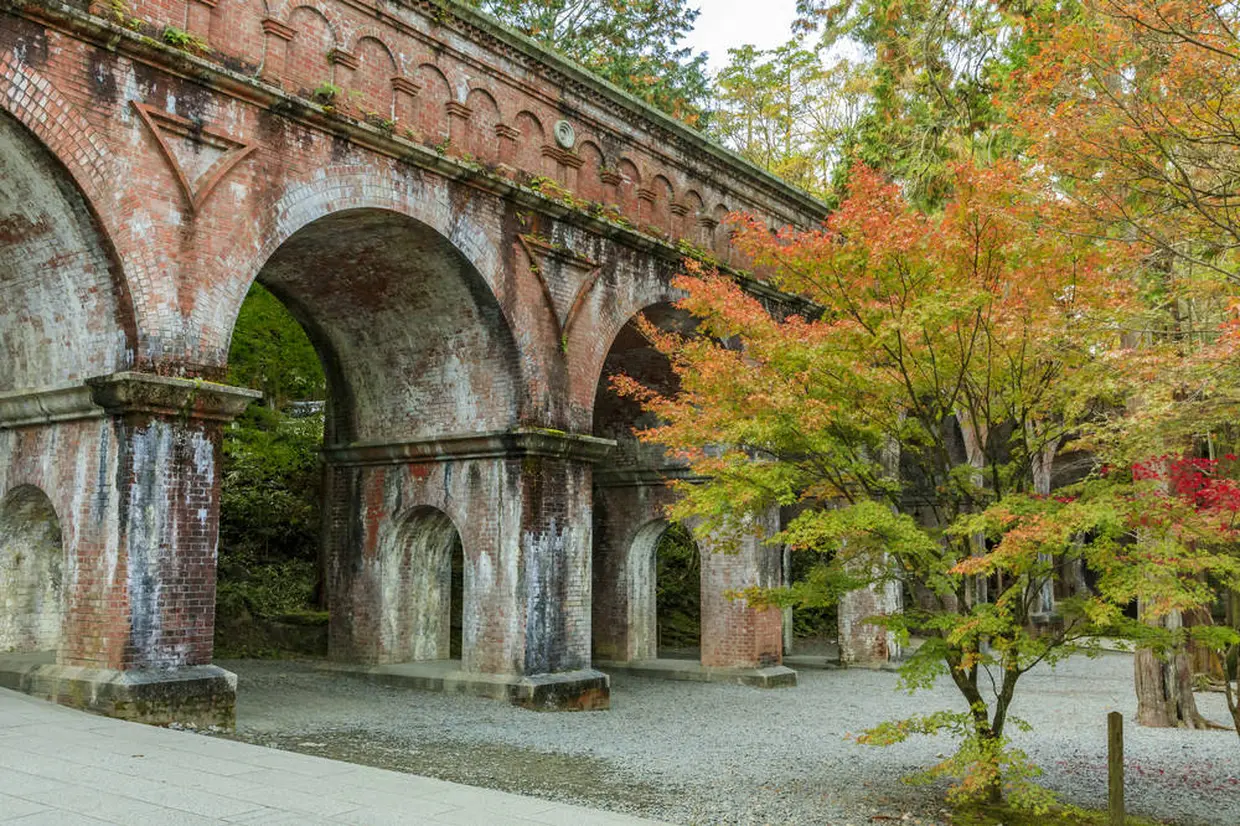
One particularly popular spot at Nanzen-ji Temple is Suiro-kaku, a brick waterway built. This structure, which has a different atmosphere from other buildings, was built during the Meiji period (1868-1912) to carry water from a canal. Today, it is a representative photogenic spot in Kyoto, often appearing as a location for TV dramas and movies
Keage Incline (蹴上インクライン)
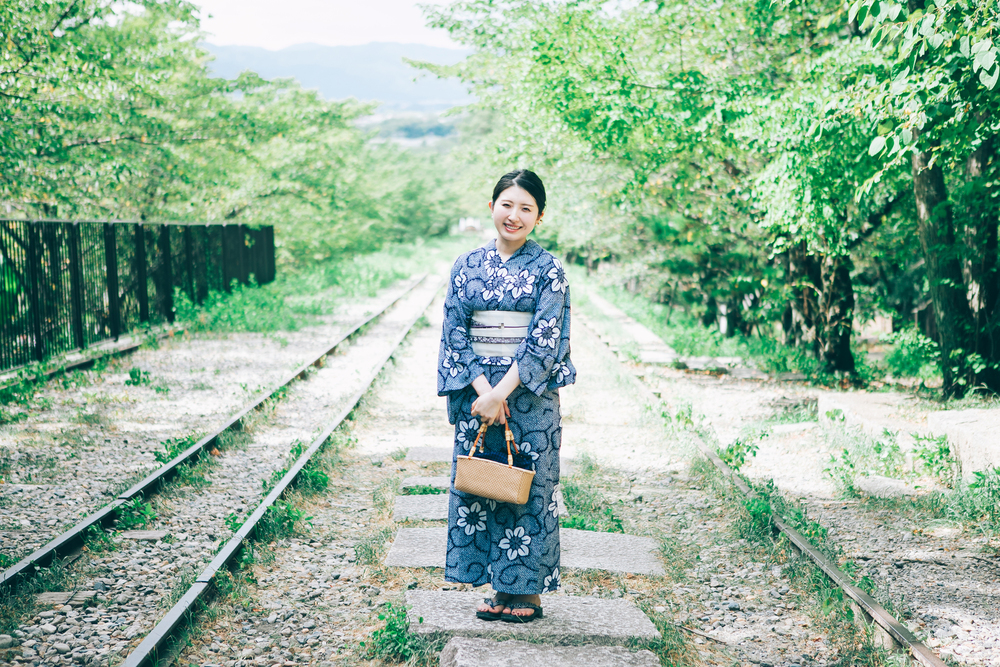
The Keage Incline is a former railroad located near Nanzen-ji Temple. The railroad was originally built to operate boats, but has since been abandoned and is now a sightseeing spot where visitors can freely walk on the tracks.

It is a popular photo spot all year round because you can take pictures of walking on the railroad, but it is especially popular in spring when the cherry trees planted around the tracks are in full bloom, making it a beautiful place to take pictures.
